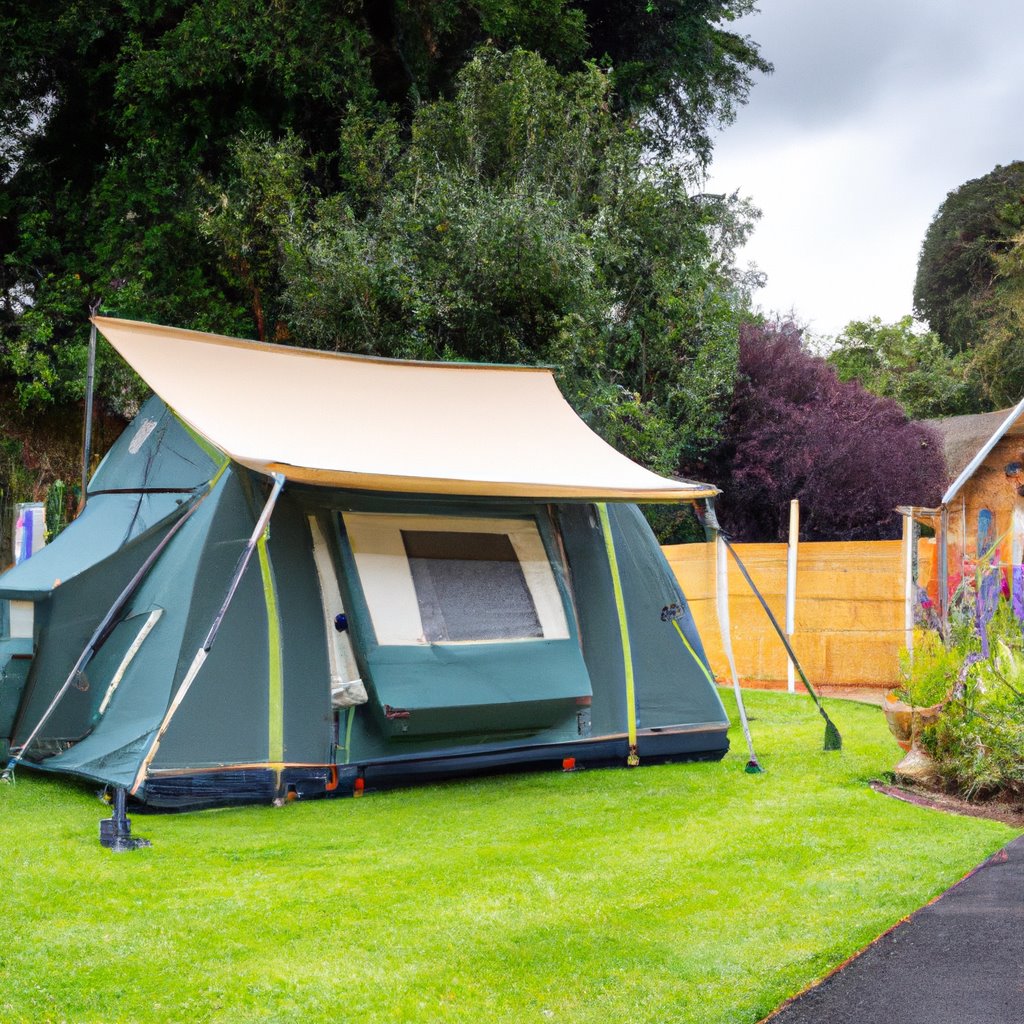When it comes to tenting and camping, accessibility features are often overlooked. However, ensuring that all campers, regardless of ability, can enjoy the great outdoors is essential for creating an inclusive and welcoming experience. From wheelchair-accessible paths to fully-equipped bathrooms, there are a variety of accessibility features that every tenting and camping site should have.
One of the most important accessibility features that every tenting and camping site should have is wheelchair-accessible paths. These paths should be wide enough to accommodate wheelchairs and strollers, and should be made of a smooth, even surface to prevent tripping hazards. Additionally, ramps should be installed at any steps or inclines to provide easy access for those with mobility issues.
Another important accessibility feature is designated accessible parking spaces. These parking spaces should be located close to the camping area and should be clearly marked with signage. Accessible parking spaces should be wide enough to accommodate wheelchair vans and should have a flat, even surface to allow for easy transfers from the car to the wheelchair.
In addition to wheelchair-accessible paths and parking spaces, every tenting and camping site should have fully-equipped bathrooms that are accessible to people with disabilities. This includes grab bars in the shower and next to the toilet, as well as a raised toilet seat and a shower bench. The bathroom door should also be wide enough to accommodate wheelchairs, and there should be enough space inside the bathroom for maneuvering.
Furthermore, tenting and camping sites should have accessible picnic tables and fire pits. These picnic tables should be designed to accommodate wheelchairs, with enough space underneath for a wheelchair to pull up to the table. Fire pits should be equipped with a grill that can be easily adjusted in height, as well as designated seating areas that are accessible to people with mobility issues.
For those campers who are deaf or hard of hearing, tenting and camping sites should have visual alarms and emergency notification systems in place. These systems should be located throughout the campsite and should be clearly marked with signage. Additionally, camp staff should be trained in American Sign Language and other methods of communication to ensure that all campers are able to receive important information.
Finally, every tenting and camping site should have a designated area for service animals. This area should be equipped with water and waste disposal facilities, as well as a shaded area for the animal to rest. Additionally, camp staff should be trained in how to interact with service animals and their handlers to ensure a positive experience for all campers.
Overall, ensuring that tenting and camping sites have proper accessibility features is essential for creating an inclusive and welcoming environment for all campers. From wheelchair-accessible paths and parking spaces to fully-equipped bathrooms and accessible picnic tables, there are a variety of ways that campsites can ensure that everyone, regardless of ability, can enjoy the great outdoors. By implementing these features, campgrounds can ensure that all campers have a safe and enjoyable experience in the great outdoors.


leave a comment